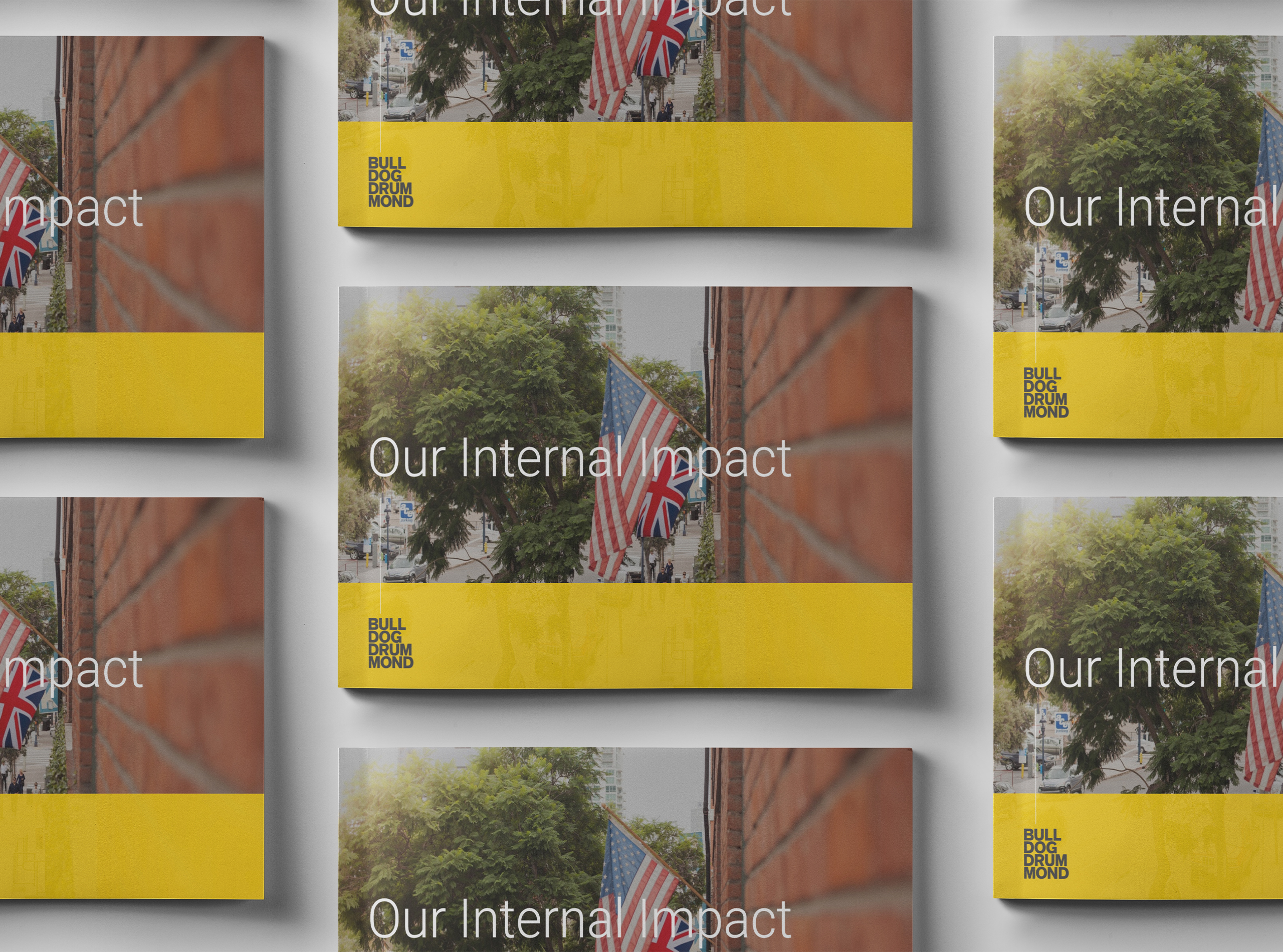
A Culture Without Walls
We recently reached out to Chatbooks for an interview focused on storytelling, but talking deeper with their CMO, Rachel Hofstetter, we learned how amazing this brand really is. The values they operate by actively guide the way the company operates. Employees are actively and passionately engaged in the business, operating from a sense of confidence and empowerment. Their values-based culture results in high employee involvement, strong internal communication and a healthy level of risk-taking which encourages new levels of innovation. If there’s any doubt about the value of investing time in culture, Chatbooks is an example of the significant benefits that come from a vibrant and alive culture.
Culture, like brand, is misunderstood and often discounted as a touchy-feely component of business that belongs to HR. It’s not intangible or fluffy, it’s not a vibe or the office décor. It’s one of the most important drivers that must be set, or adjusted, to attain long-term, sustainable success.
A strong culture flourishes with a clear set of values and norms that actively guide the way a company operates.
Chatbooks has five values from which they operate. These values are not only values that they hire and promote by, but values that they ensure every person on their team shares.
- Grown-Ups: It’s what lets us have a flexible culture. We don’t need to track you. We expect that you will do amazing work, be proactive and do what you need to do—in your life and at work.
- Ship: You get things out the door. Be active. Make things happen. Get shit done.
- Amazing: Naturally conflicts with ship, not everything we do has to be amazing but it’s our goal.
- Optimistic: Makes us what to show up every day. What makes us a true Chatbooker—you look for solutions instead of problems.
- Kind: Makes it a fun place to work. A focused core value—we don’t hire anyone that has #s 1-4 values, but not #5.
By vetting operations around their values, Chatbooks creates an environment that sets-up their entire team for success. They are a stellar example of a living culture that drives people and performance.
It’s important to have diverse thinking and interests, but shared values and a common purpose are also a must to foster a cohesive community of people within the walls of an organization.
I encourage you to step back and ask whether the purpose of your organization is clear and whether you have a compelling values system that is easy to understand. Mobilizing and energizing a culture is predicated on the organization clearly understanding the vision, mission, values, and goals and creating an environment for them to come alive.
Chatbooks values support a number of internal and external programs. One example is their Momforce Model which is made up of over 60 men and women around the world working on their own hours at home—and 60% of those hours are outside of the typical 8am-5pm work day.
Another example is WFH Wednesdays. Expanding their mindset beyond 8-5, they offer all employees—regardless of seniority—the opportunity to work from home on Wednesdays to support parents and allow their people to explore. They also believe in breaking barriers and supporting women in the workplace. Sixty percent of their leadership roles are filled by women. And, inspired by their strong belief in family, they also provide a 90-day fully paid leave.
Chatbooks also has unique ways to celebrate what they do. They have a Slack channel that is dedicated to the amazing stories they hear every day. As Hofstetter pointed out, “It’s our Why—it reminds us all why we matter, why what we do matters.” Most companies that run at speed often forget to celebrate their victories, both big and small, and they rarely have time or the humility to acknowledge and learn from their failures. Celebrate your victories and failures in your own unique way, but share them and share them often.
They also give abundantly. “Give like a friend, before you ever think about getting anything in return” is a mantra they follow. They don’t target specific ROI’s but rather look forward to giving. They ensure that employees genuinely care about the company’s role in the world and are passionately engaged. There’s always an opportunity to connect employees at a deeper level to warrant that the pursuit of the common good is driving common wealth.
Building a strong culture takes hard work and true commitment, but provides a collaborative environment for a brand to thrive in. Your brand is the single most important asset to differentiate you consistently over time, and it needs to be nurtured, evolved and invigorated by the people entrusted to keep it true and alive. Without a functional and relevant culture, the money invested in research and development, product differentiation, marketing and human resources is never maximized and often wasted because it’s not fueled by a sustaining and functional culture.


Uncommon Person: Chad Hutson

Our Internal Learning & Impact at Bulldog Drummond

The One Decision by Employers in 2021 that Means Everything

What I Wish I Knew

Standing Up Inside

Uncommon Person: Gregg Imamoto

Five Things Every Company Should Know about ESG

Redefining Value

Uncommon Person: Chris Baréz-Brown

It’s Time For A Whole Lotta Common Good

Did You Choose Humanity?

Uncommon Partnership: Violux

Here’s How

Uncommon Person: Santhosh Nair

Designing Strategy For A Complex World

Responsibility & Relevance for Brands

